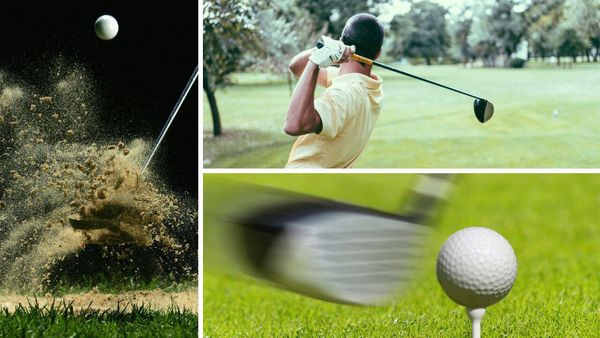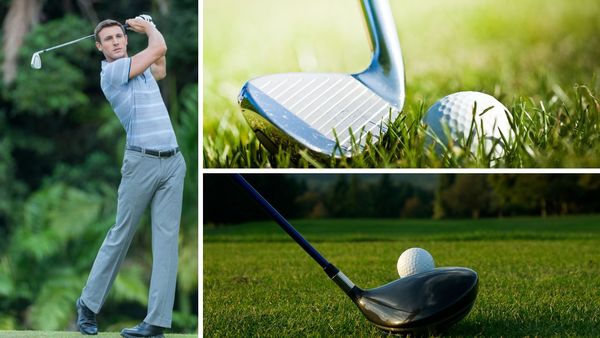If you’ve ever played golf, you know that it can be a time-consuming game. What if we told you there was an easy way to save time and hassle when playing? That's where the provisional comes into play! Let's dive deeper into what this handy tool is and how it can help your game.
What Is A Provisional?
A provisional ball is an extra golf ball played from the same spot as your original shot when there’s a chance the original ball you hit might be lost or out of bounds. It’s an insurance policy of sorts in case your first shot ends up in an unreachable location that could be out of bounds or worse—lost! In cases like these, the provisional will help minimize time spent searching for lost balls and allow you to continue your round without holding up play. A provisional incurs a penalty of stroke and distance.
When Should You Use A Provisional?
You step up to the third tee and nail your drive. But it's a little offline and fading into the trees. You hear it hit a tree but lose sight of it. Now you're worried - it could have ricocheted anywhere. Plus there are out-of-bounds stakes just beyond the trees. There's also some heavy rough in the vicinity of where your golf ball went. You're not sure if you will be able to find it or if it's out of bounds.
If you think it’s likely that your first ball may have gone out of bounds, hit a provisional straightaway to avoid having to go back to the tee after searching for your first one. You should also hit a provisional if you think your first ball may have ended up in an area that would make it hard to locate—such as the thick rough.
At this point, it's time to play a provisional. Prior to teeing off again, you must announce to your playing partners that you will be playing a provisional. If you choose not to declare your provisional ball but continue with a second stroke, that shot will become the one in play under the rule of 'stroke and distance.' This means your third stroke is actually the second ball hit even if you find the original tee shot.
How Do You Play Your Provisional Ball?
Once you've taken your provisional shot, there are several things to consider depending on whether or not you find your original golf ball later on. Since you don't know whether you'll find your original ball you should keep playing your provisional until you reach the area where you think your first ball went.
Now the search begins. According to the USGA rules of golf and specifically rule 18.2 you have 3 minutes to find your original golf ball. If you find your original ball within the 3 minutes you can abandon the provisional and continue playing your first ball. If you can not find your ball, it is considered lost and your provisional is in play with a 1 stoke penalty.
The Nuances of USGA Rule 18.3 Provisional Ball
If you believe that your ball went into a water hazard and is not lost or out of bounds then you should not hit a provisional. If your ball is in the water hazard and you've hit a provisional, the provisional will be in play. You will lose the ability to drop a ball where it crossed the hazard and as a result lose valuable distance.
For a golf ball to be considered out of bounds the entire golf ball must be outside the boundary line or the side of the stake that borders the inside of the course. If any part of the golf ball is touching the golf course it is considered in play.
According to the USGA, you must denote that a provisional ball is being struck by expressly using the word 'provisional' prior to playing it or explicitly declaring one's intent of playing provisionally in accordance with Rule 18.3.
You must continue to play your provisional until you reach the spot where you believe your original ball should be. You do not want to play your provisional if it is nearer to the hole than your original ball until you've reached the 3-minute time limit and the ball is considered lost. If you play a provisional nearer to the hole than your original found ball, the provisional will remain in play and your original can not be played. It is considered a wrong ball.
And finally, if your ball is found within the 3-minute timeline and it's in a penalty area you must abandon the provisional and take relief with a 1-stroke penalty or play it in the penalty area if allowed.
In conclusion, playing a provisional ball in golf is not as complicated as it may seem. All you have to do is remember one golden rule: make sure to announce that you are playing the provisional before hitting your shot! Knowing when and how to use a provisional ball can save time and prevent unnecessary penalties while playing golf. So next time you’re stuck between a rock and a hard place (or water hazard), don't be afraid of taking out your backup plan - hit a provisional with confidence!
Happy golfing!










Member discussion